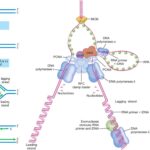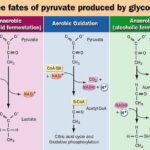Find examples where the four daughter cells from meiosis are equal in size and where they are found unequal in size.
Find examples where the four daughter cells from meiosis are equal in size and where they are found unequal in size.
Please login to submit an answer.
Equal-sized daughter cells:
In spermatogenesis, the process of sperm formation in males, meiosis produces four equal-sized haploid cells called spermatids.
Each spermatid matures into a functional spermatozoon, contributing equally to reproduction.
This equal division ensures the production of multiple viable gametes from a single precursor cell.
Unequal-sized daughter cells:
In oogenesis, the process of egg formation in females, meiosis results in one large ovum and three smaller polar bodies.
The ovum retains most of the cytoplasm, providing necessary nutrients for early embryonic development.
The polar bodies, which receive minimal cytoplasm, typically degenerate and do not participate in fertilization.
- Share on Facebook
- Share on Twitter
- Share on LinkedIn
Helpful: 0%




